Does Judaism Stifle Creativity? Why the Torah Forbids “Psychological Castration”
Do Not Say "Water Water:" Ben Zoma in the Mystical Orchard, Respecting Dogs, IVF in the Talmud, & Immaculate Conception
Women's Emor Class
- May 14, 2024
- |
- 6 Iyyar 5784
Rabbi YY Jacobson
2796 views- 4Comment
- Call-in
Listen to the class on the phone
Call +1 (845) 201-1933
When prompted, dial the ID number below.
9342 MP3 MP4 Source Sheets - Copy Embed
Dedicated by Daniel Penn to the brave souls of the Israeli Defense Forces, whose tireless dedication and courage defend our nation and our freedom. May Hashem bring all of them, and every hostage, home safely.
Graciously dedicated by Chani Coronel in memory of her dear mother Baila Blima bas Chaim Yisroel Yaakov, on her yahrzeit, 6 Iyar.
Class Summary:
This class was presented on Tuesday, Parshas Emor, 6 Iyar, 5784, May 14, 2024, at Bais Medrash Ohr Chaim in Monsey, NY.
One of the most perplexing and mysterious tales in the Talmud relates the story of four sages who entered the mystical orchard of Kabbalah. They were Ben Azzai, Ben Zoma, Acher, and Rabbi Akiva. Rabbi Akiva said to them: When you arrive at the stones of pure marble, say not, “Water, water!” The results were tragic: Ben Azzai cast a look and died; Ben Zoma looked and became demented; and Acher became a heretic. Rabbi Akiva came out in peace.
The Talmud then continues, immediately after the story: Ben Zoma was asked: Is it permitted to castrate a dog? He replied with a verse of our portion, Emor: “[Any animal whose testicles were] squashed, crushed, pulled out, or severed, you shall not offer up to the Lord, and in your land, you shall not do so.” Meaning, you are not allowed to sterilize any animal. Then they asked him about having intimate relations without blood, and how a woman can become pregnant by artificial insemination.
What is the meaning of this enigmatic tale? Why did Rabbi Akiva warn of “water water?” Why did Ben Zoma lose his mind? Why did they ask him about sterilizing a dog, and about having relations without blood?
This class explores the history of psychological, emotional, religious and spiritual sterilization, For many people, religion is associated with some form of “psychological castration.” In their mind, to be religious, to be a man of G-d, means to be emotionally, spiritually, and sometimes even physically “hunchback”—bent over, repressed, crushed, meek, passive, obedient, docile, and personality-less. The more G-d fearing and religious, the less vibrant, lively, passionate, and ambitious. The religious personality is one of repression and submission, with low self-esteem, and blind surrender to faith. The portion of Emor came to protest this notion.
We finally explore the profound error of many who go on deep spiritual journeys, lacking the ability to fuse heaven and earth, living in the duality of “water, water.” When we create a division between our higher desires and lower desires, we are forced to repress parts of ourselves, which undermines true healing and redemption. We also discuss the Christian idea of Immaculate Conception, Vs. the story of the daughters of Lot.
Tags
Categories
Women's Emor Class
Rabbi YY Jacobson
- May 14, 2024
- |
- 6 Iyyar 5784
- |
- 2796 views
Dedicated by Daniel Penn to the brave souls of the Israeli Defense Forces, whose tireless dedication and courage defend our nation and our freedom. May Hashem bring all of them, and every hostage, home safely.
Graciously dedicated by Chani Coronel in memory of her dear mother Baila Blima bas Chaim Yisroel Yaakov, on her yahrzeit, 6 Iyar.
Related Classes
Please help us continue our work
Sign up to receive latest content by Rabbi YY
Join our WhatsApp Community
Join our WhatsApp Community




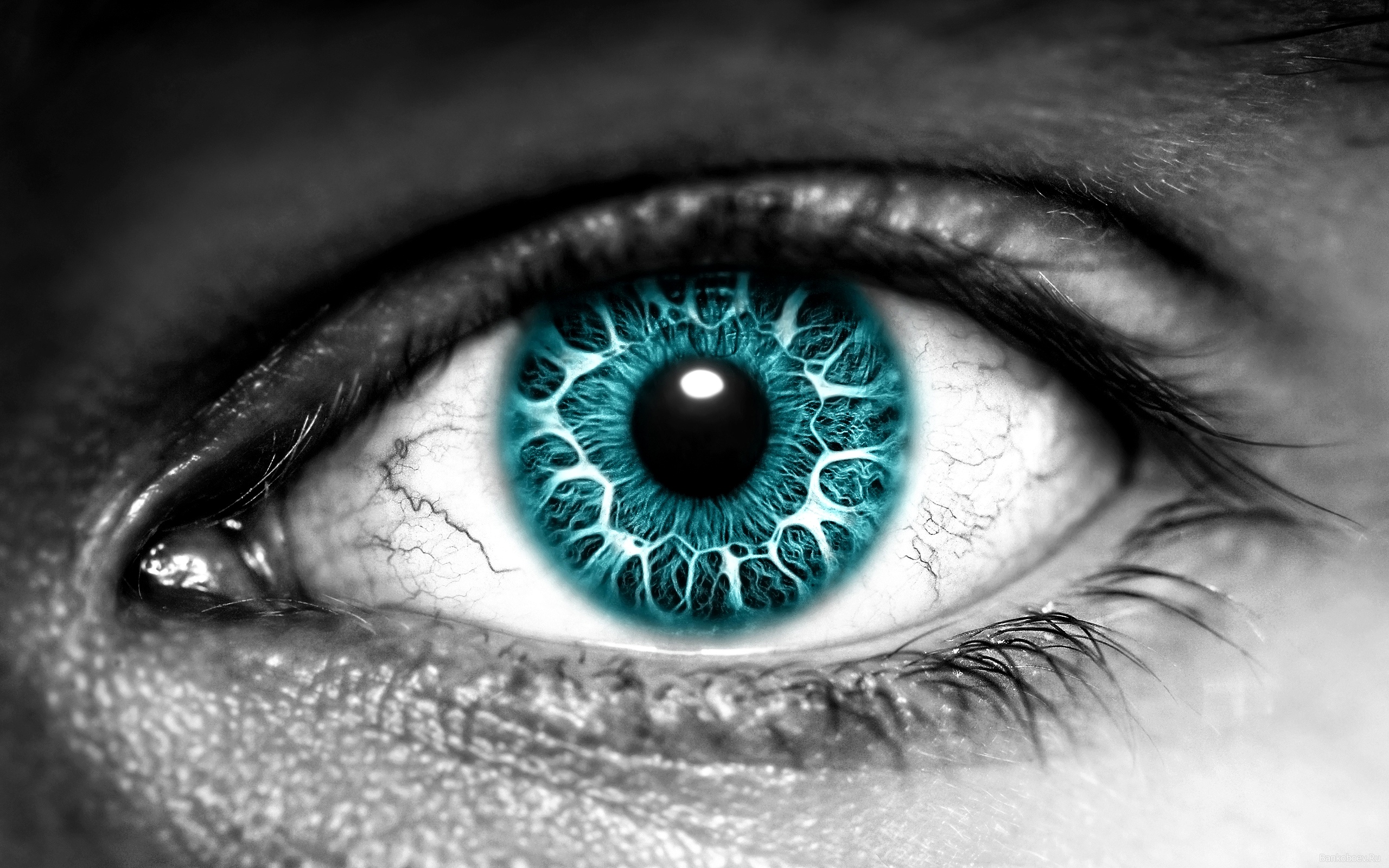
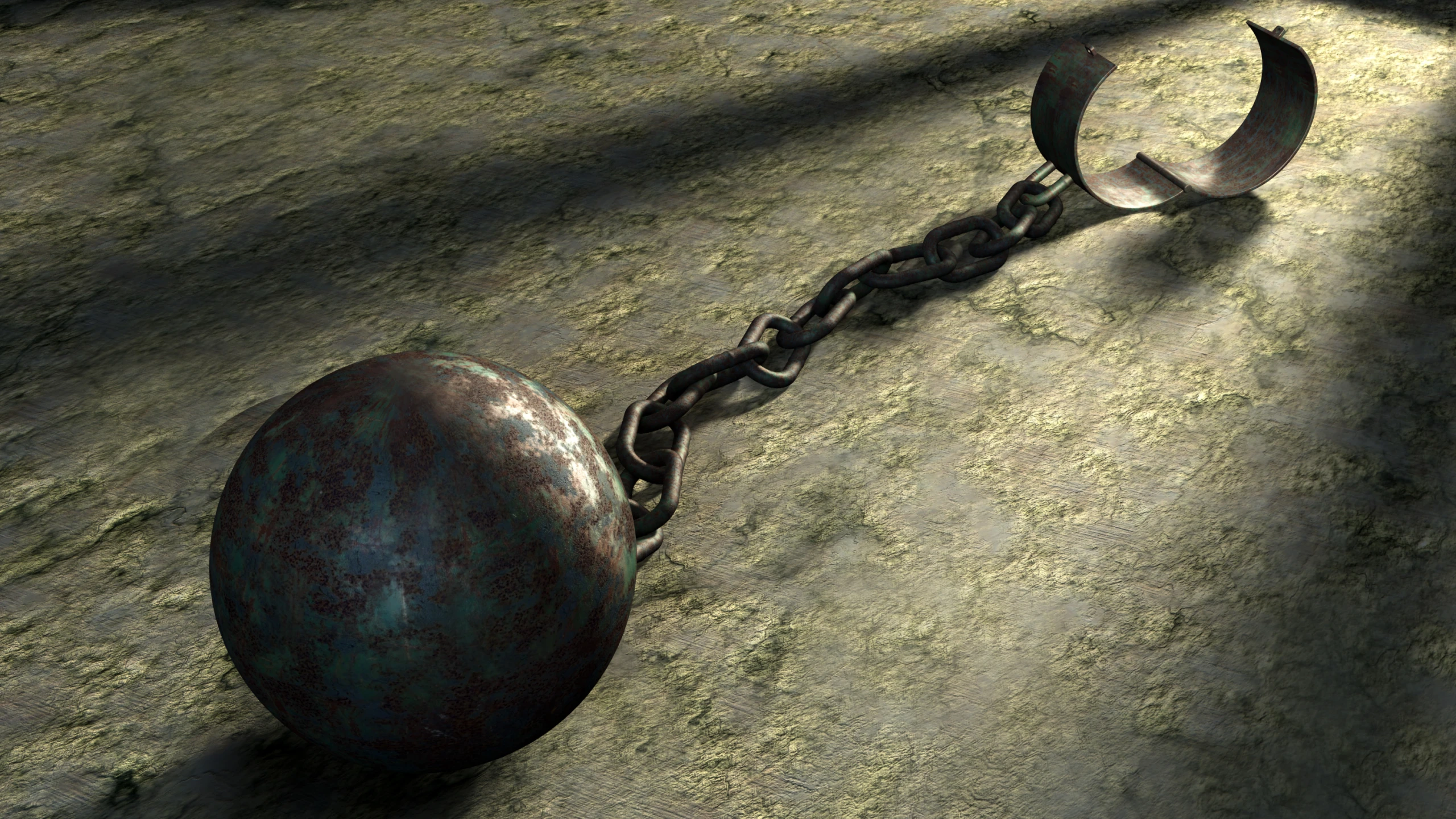

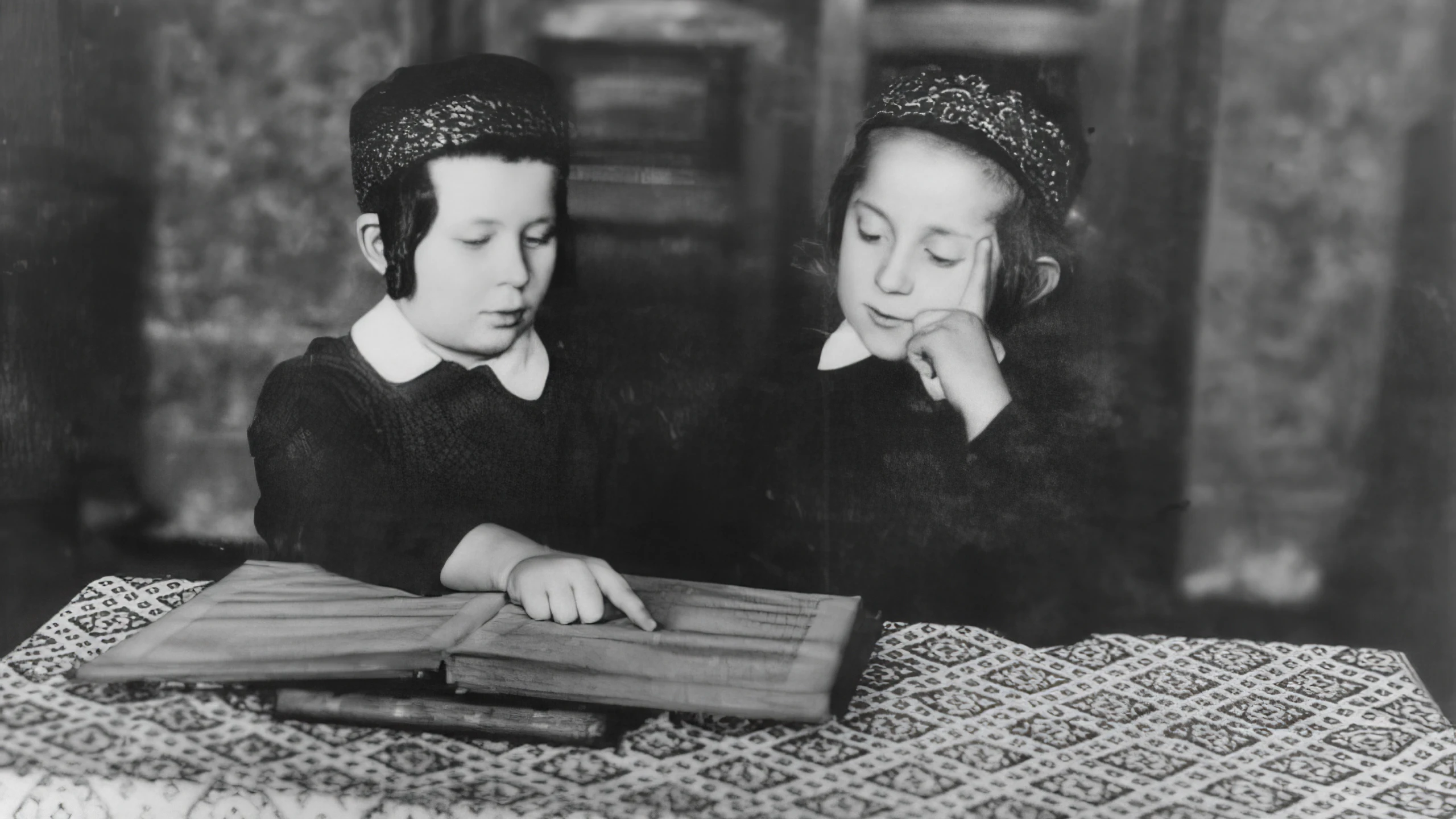
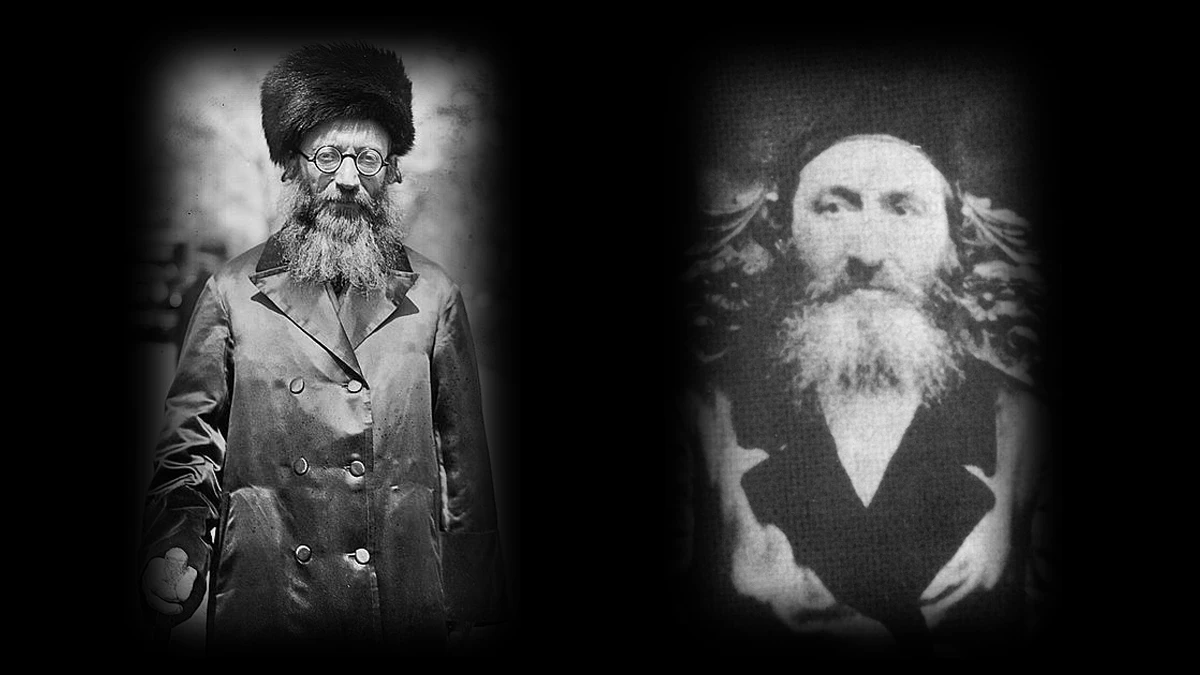
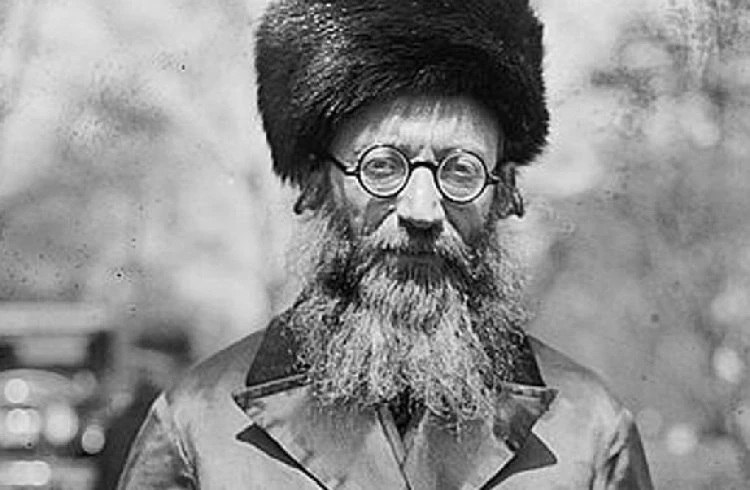



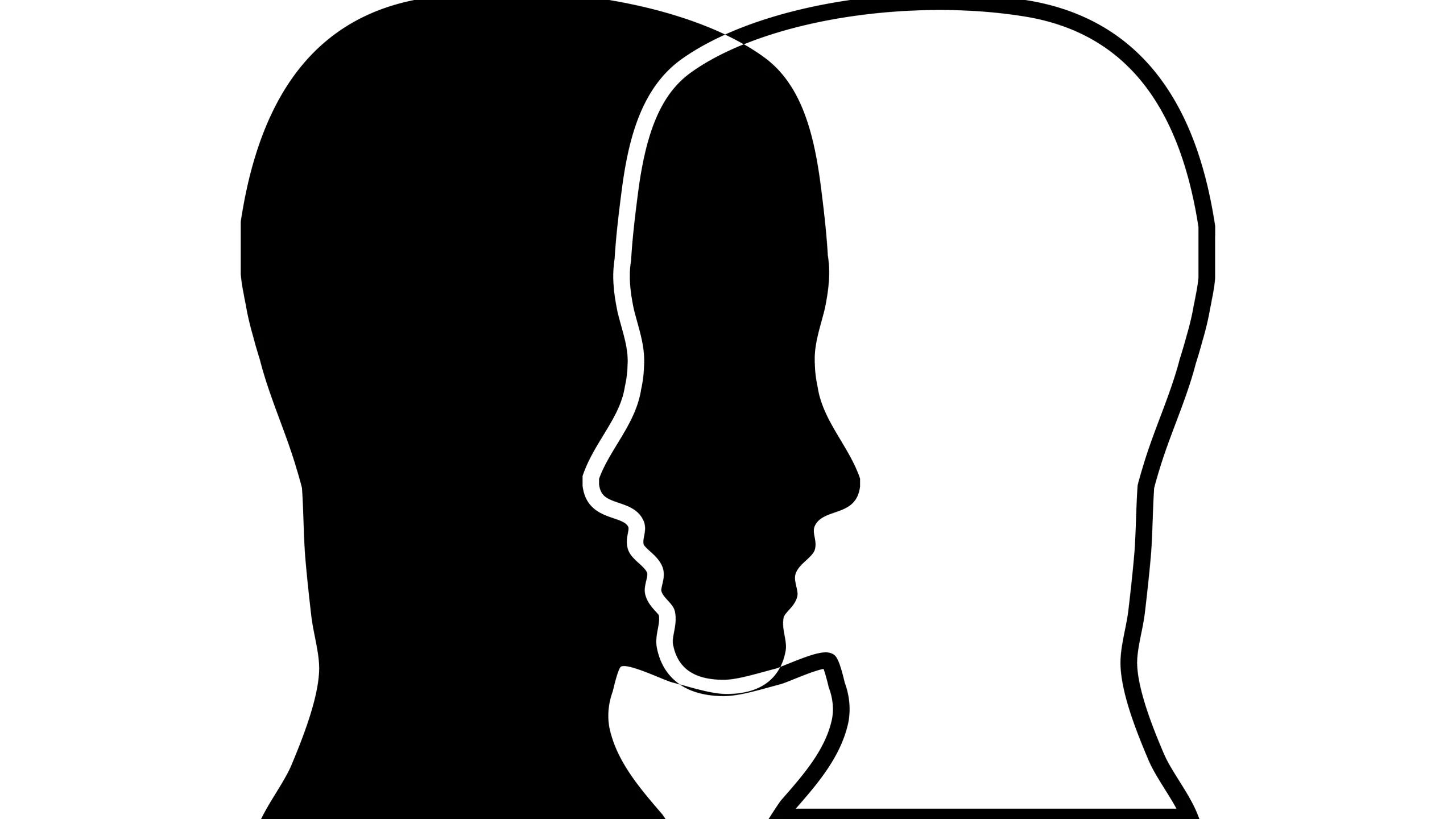

Please leave your comment below!
Anonymous -9 months ago
Hashem is also the source of all pain, sickness, and disease.
Hashem is also the source of all pain, sickness, and disease.
Reply to this comment.Flag this comment.
Uri -9 months ago
sod yesharim
Reply to this comment.Flag this comment.
Judith Friedmann -9 months ago
To the choshew Rabbi Jacobson
This time i was there in person ....i must tell You Rabbi YY it gave me such a push....i was in the middle of giving up what i was doing not seeing enough success.After your Shiur i called up the people i was dealing with made a meeting for tomorrow iyH at 10.30 and with H. help we will try to work out something.I am dealing with the Klall and it can be depressing sometimes, by not accomplishing....
I am just wondering why H gave so much more Koach to the Yetzer Horah and than to the Yetzer Tow? Should it not be equal??
Thanks only H can repay you.......
Reply to this comment.Flag this comment.
Rabbi Danny Bergson -9 months ago
Possible answer
The midrash picks up on this when in creation story it says vehinei tov meod (-and behold it as in creation was very good)
tov says midrash is the yetzer hatov
moed (very!) refers to yetzer harah !
this is because only through the yetzer hara is man able to reach the essence of Hashem and not just revelation of godly light in higher rea
only with the yetzer h can man fulfil gods mission to make this word a home for Him
so therefore the main goal is down here and so the yetzer h has to pull us towards this word
it's only that we get caught up in the outer manifestation of the yetzer h but the true reason for its allure and power is that is the tool through which we discover God himself in all his undiluted unmasked infinity
In Chassidus the atzmius of the ego reflects the atzmius of Hashem !
this explains the phenomena of aethism
rabbi yy please correct me if I am wrong thank you for shiur as always
Reply to this comment.Flag this comment.
Anonymous -9 months ago
Question
What do you do when you have constant challenges that are not in your control? How do you fulfill the mission of your neshama when you constantly struggle to care for someone else??
Reply to this comment.Flag this comment.